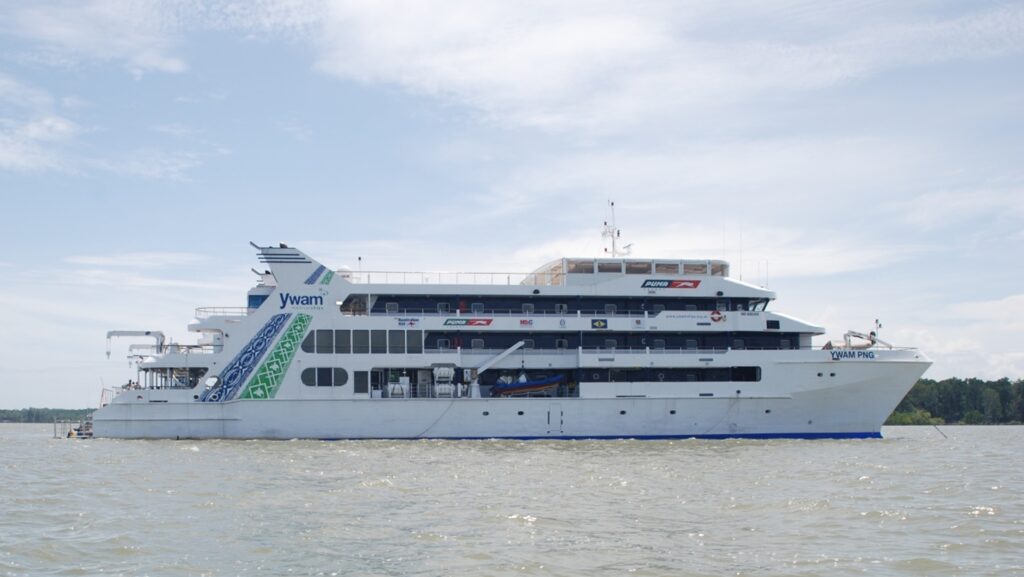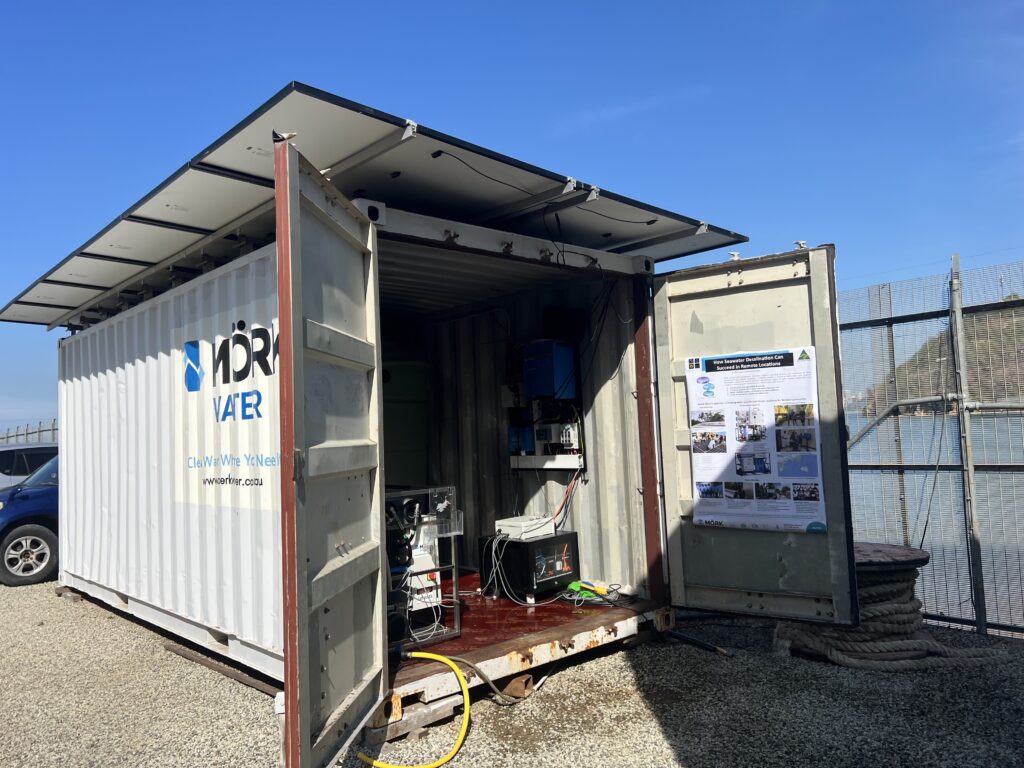Rise in Popularity of Eco-Tourism
The tourism industry currently contributes 8% of global carbon emissions, with around half of those emissions coming from tourism related transportation (i.e. plane and boat travel). In recent years, environmentally responsible tourism or ecotourism has become more popular. Ecotourism involves responsible travel to places that conserve the environment and sustains the wellbeing of local cultures. Some examples of ecotourism include travelling to protected biodiversity hot spots like Costa Rica, Palau or the Galapagos Islands or visiting places that promote local cultures and sustainable travel such as Bhutan, Iceland or Kenya.
The rise in popularity of ecotourism has been largely due to a combination of increased awareness of the fragility of the natural environment (including the effects climate change) and a new found understanding of the mental health benefits that come from spending time in nature. The American Psychological Association has determined that spending time in nature has cognitive benefits and improves emotional well-being. Although the main carbon cost of travel comes from transportation, this can be reduced by travelling locally, taking public transport where available and purchasing carbon offsets for airplane trips. However, an important consideration for ecotourism which is often ignored is the carbon cost of accommodation.

Eco-Accommodations
There are a range of different eco-accommodations that have been designed to operate sustainably and to be more cohesive with nature. These buildings are often constructed of sustainable products such as bamboo and recycled materials. Food for these sites is usually sourced locally, reducing food miles and water conservation measures are generally employed. Energy efficient devices such as LED lights and smart thermostats are also used in eco-accommodations to further reduce the energy requirement. By designing the accommodation to fit in with the natural environment, i.e. using passive solar and taking advantage of local weather conditions, less energy is required for temperature control. With almost 50% of carbon emissions from lodgings in tropical countries coming from air conditioning, this kind of efficient design is become more commonplace.
Eco-Accommodations range from Eco-lodges which will have basic facilities to Eco-Resorts which have more extensive amenities such as restaurants and spas. Eco-Resorts will also generally be larger properties meaning their water and power demands will be higher. To improve sustainability, Eco-Resorts produce energy locally as well as treating water for drinking and managing wastewater onsite. As the water and power are produced and maintained locally, Eco-Accommodations can be located anywhere there is a source of water that can be treated. This leads to a range of water treatment and renewable power technologies that can complement Eco-Accommodations.

Water Treatment Technologies That Support Eco-Accommodations
There are a range of water treatment technologies that can support Eco-Accommodations. Water conservation, which is usually about using less water and reducing leaks in distribution networks, can be supplemented by treating wastewater onsite. Grey water (i.e. kitchen and laundry wastewater) can often be used for subsurface irrigation without further treatment and following disinfection can be used for surface irrigation. Black water (i.e. toilet wastewater) can be reused outdoors following biological treatment, clarification and disinfection.
There are a range of drinking water supply options which largely depend on the location and local water assets. Two of the most popular are rainwater harvesting and seawater desalination. Most Eco-Accommodations will collect rainwater via guttering and catchments and use the filtered water for drinking, cooking and personal sanitation. However in a lot of locations, rainwater is a seasonal water supply option so must be augmented by another treatment system. Eco-Accommodations based on the coast have the option of treating seawater (which will often be an unpolluted source given the pristine location of the Eco-Accommodation) to provide a constant source of drinking water and to fill pools and spas.
These water treatment systems should be run using renewable energy sources to not only keep the carbon cost low but also to allow these systems to be installed in remote areas. The most common renewable energy system for these water treatment technologies will be solar power (with or without battery backup depending on daily operating hours and nighttime power requirement). Wind power can be used if the turbines are discreet and will generally only be used if land area is at a premium.

Advantages of renewable energy powered water treatment for Eco-Accommodations
The main advantages of using renewables are that Eco-Accommodations can be built off grid allowing for a fuller immersion into the natural environment and reduce the carbon cost of tourism. This has the additional benefit of bringing tourism revenue to more remote locations. Off-grid renewable energy systems also remove the requirement for diesel fuel – keeping air quality pristine and reducing the total carbon emissions. Although renewable energy systems are more expensive upfront than comparable fossil fuel-based systems, they become cheaper over the life of the treatment system.
To find out more about some of Moerk Water’s work supporting the Eco-Tourism industry visit our Projects page




